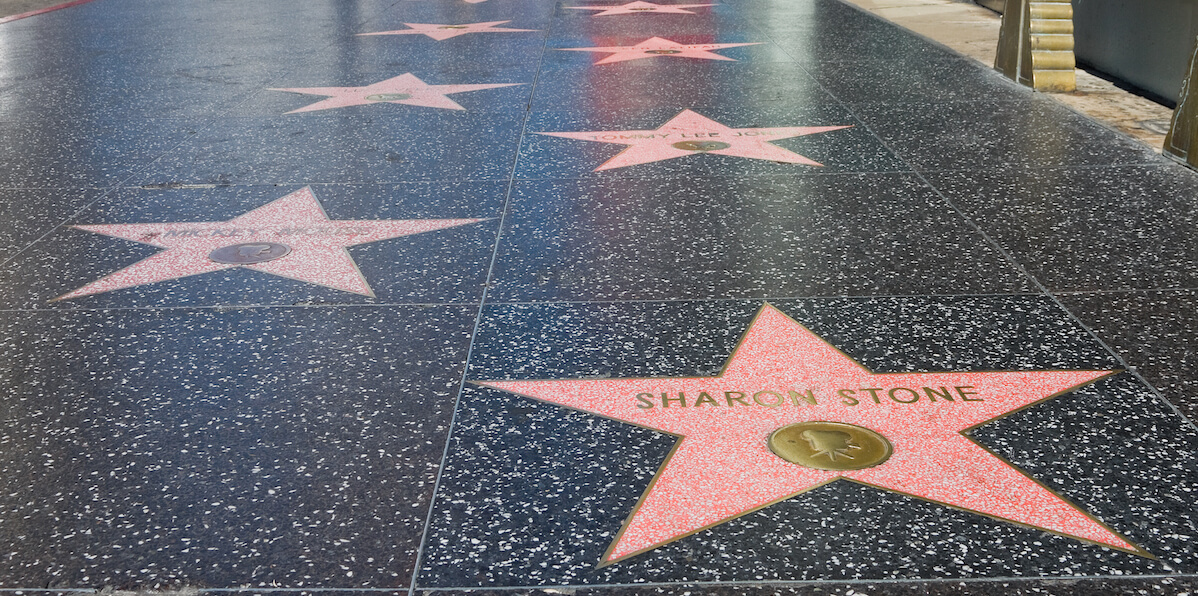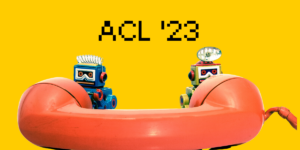
A new tool from the SAIL Lab looks at gender, race and age representation on screen and character dialogue
A new study from the USC Viterbi School of Engineering’s Signal Analysis and Interpretation Lab (SAIL)–which creates automatic tools for signal analysis and linguistic assessment –uncovers how media communicates about gender, race and age finding that in the majority of films, females roles are not central to the plot.
Using a tool the SAIL Lab developed in conjunction with existing cognitive and developmental language tools, researchers Anil Ramakrishna, Victor R. Martinez, Nikolaos Malandrakis, and Karan Singla, doctoral students in Computer Science at the USC Viterbi School of Engineering, together with Professor Shrikanth Narayanan, the Niki and C. L. Max Nikias Chair in Engineering, were able to quantify the sophistication and the tone of language of 7000 characters and over 53,000 dialogues in nearly 1000 film scripts pulled from The Daily Script and IMSDb. The authors analyzed content of characters’ language and their interactions across gender, race and age. Beyond the cast, the researchers also looked at genre, the production teams across films including writers, directors and casting agents.
By the Numbers:
Of the scripts and dialogues reviewed, men had over 37,000 dialogues; women had just over 15,000. Women portrayed just over 2,000 characters; men portrayed almost 4900.
Of the nearly 1000 scripts studied had:
- 7x more male writers than female writers
- Almost 12 x more male directors than female directors
- A little over 3 x more male producers than female producers
While casting directors were the only exception to this trend (there were 2 x as many female casting directors as female), the casting directors’ genders seemingly had no impact on characters’ genders.
Overall, female characters regardless of race, tended to be about 5 years younger than their male counterparts.
Writers’ Room Makes Impact: The biggest difference came from the writers’ room. If female writers were in the writers’ room, female character representation on screen was on average 50 percent higher.
Stereotypes Created via Character Dialogue: The researchers also looked at character portrayal across gender, age and race for topics such as emotional arousal (excitement), valence (positive and negative emotion), sex, achievement, religion, death and swearing and for gender-ladenness (dialogue along stereotypical lines).
Race: The authors found that the dialogue of Latino and mixed-race characters had more dialogue related to sexuality. African-American characters had a greater percentage of swear words in their dialogues than other races.
Gender: Overall, researchers found that female characters tend to be more positive in valence, meaning they are more positive but this tended to be correlated with using language connecting with family values. These words are mapped from a SAIL Lab tool known as Emotiword.
Beyond the volume of dialogue attributed to men, male dialogue contained more words related to achievement, death and more swear words than the dialogue scripted for women.
Age: As characters age, the characters on screen appear more sage-like: intelligent, less excited, with less mention of sexuality and more talk of religion. In addition, the language of elder characters steers towards what has most traditionally associated with men.
In additional to the content of a dialogue, the researchers used graph theory to determine how central characters are to the plot of a movie by analyzing the ties and relationships to the other characters within the film. The researchers would then model the network and web of relationships between the characters in a similar fashion to the way one would study a transit hub. They then segmented the dialogue, putting each character as a “node” or hub. What the researchers found is that when removing the female character nodes from most movie genres, the plot and the relationships did not need to be altered significantly. The exception was when women were in horror movies when they were most likely to be portrayed as victims. Thus, to leave female characters out did not cause much of a disruption.
From the study, first author Anil Ramakrishna concludes, “Writers consciously or subconsciously agree to established norms about gender that are built into their word choices. In an ideal world, gender is in an auxiliary fact, it is has nothing to do with the way actors are presented and what they say.”
“Computational language analysis and interaction modeling tools allow us to understand not just what someone says, but how they say it, how much they say, to whom they speak and in what context, thereby offering new insights into media content and its potential impact on people,” notes Shri Narayanan, the senior author of the study.
The study, “Linguistic analysis of differences in portrayal of movie characters,” will appear in the Proceedings of the Association for Computational Linguistics (ACL), 2017.
The authors and the SAIL Lab will continue will to use automated software tools to study networks and how characters are interrelated. In addition, the researchers will have forthcoming work based on adaptations of Shakespearean novels; notably, they are studying how characters traditionally played by males in theatrical productions are played by women in modern movie adaptations and whether roles now played by females have changed or diminished in importance.
Published on August 1st, 2017
Last updated on April 5th, 2025












